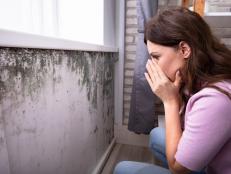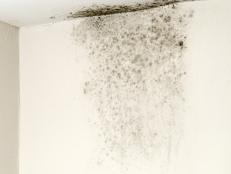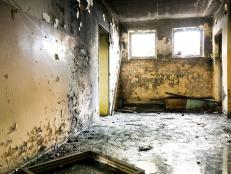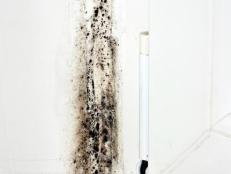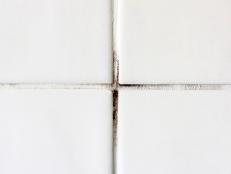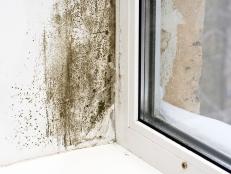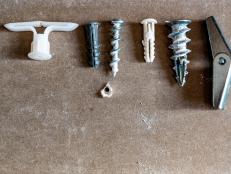Mold-Resistant Drywall
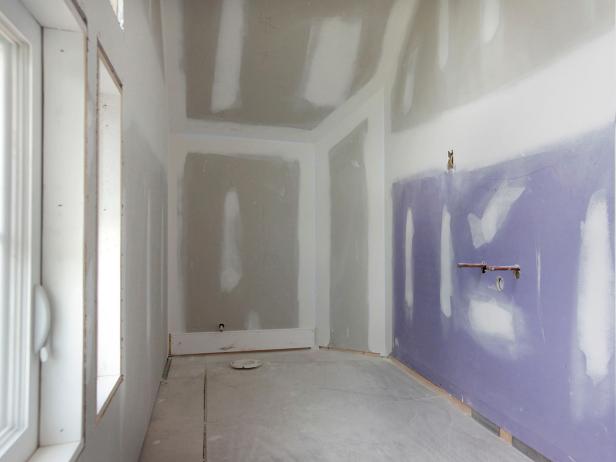
Mold can be a costly and potentially unhealthy nightmare for homeowners. In recent years, widespread concerns about mold growth in homes have led to the development of mold-resistant building products, including mold-resistant drywall.
A Top-to-Bottom Green House
See All PhotosMold thrives in moist, damp environments like basements and crawlspaces, where all it needs to thrive is a water source, oxygen and organic material. Often, the latter is provided by drywall that's been exposed to moisture — in this scenario, the paper covering on the drywall can become an all-you-can-eat buffet for all manner of mold species. Mold-resistant drywall was developed specifically to address this common problem.
The chief innovation in mold-resistant drywall is the substitution of fiberglass mat for the paper facing used in traditional drywall. This way, moisture cannot adhere to the organic paper material, creating an attractive food source for mold. In addition to mold-resistant drywall, greenboard is often used in bathrooms and showers as a mold-preventative building material. Though it's less effective at preventing mold than mold-resistant drywall, it's generally also less expensive.
Mold removal and remediation can be a time-consuming, expensive process, and if you do it yourself, it can even present health risks. If you're interested in keeping your home healthy by lessening the risk of mold in your home, you may want to invest in prevention up front, in the form of mold-resistant drywall.












